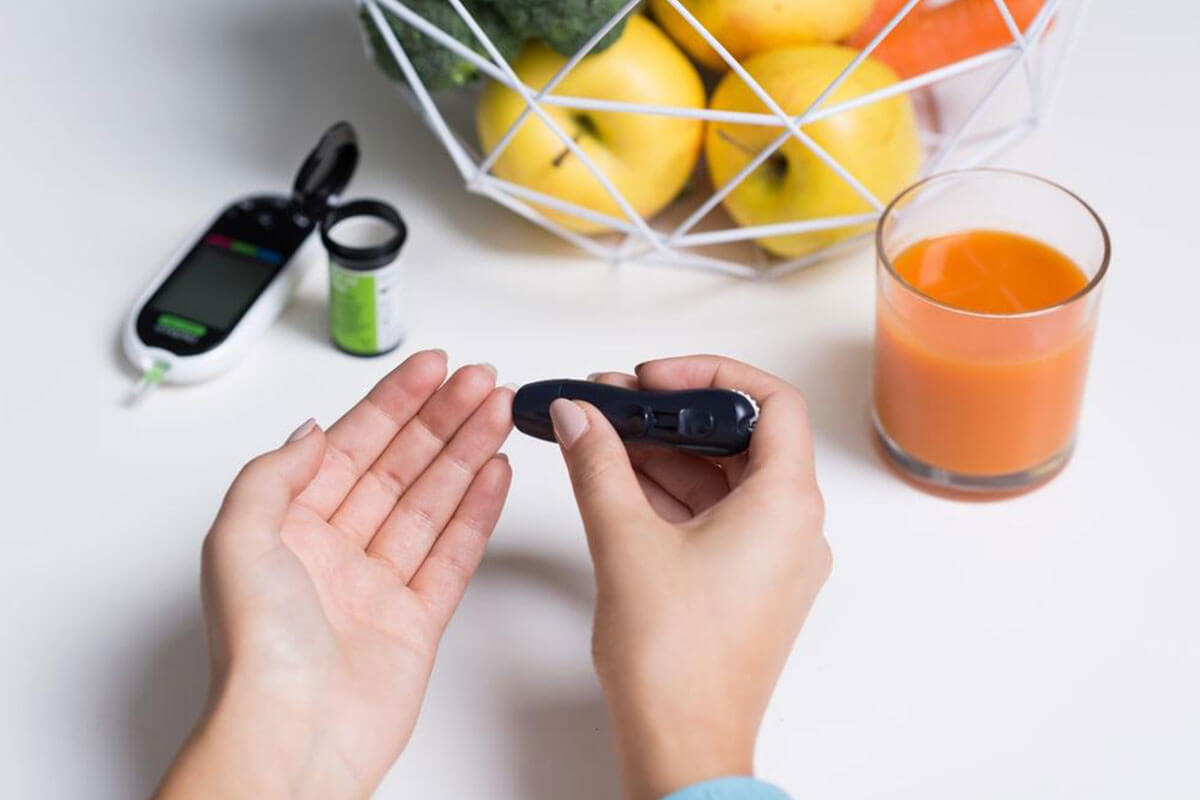Top Tips to Create Ideal Diet for Diabetes

If you have diabetes, food plays an important part in managing your symptoms. Here’s how you can put together diets for diabetes patients.
If you have been diagnosed with diabetes, it means that you have high levels of glucose (blood sugar), which can cause further health problems. There are different types of the disease—chronic diabetes includes type 1 diabetes and type 2 diabetes, while prediabetes (high blood sugar levels, but does not qualify as diabetes) and gestational diabetes (occurs when a woman is pregnant but can dissipate after delivery) are the types of potentially reversible diabetic conditions. Noticing any diabetes symptoms and reporting them to a medical professional at the earliest is vital, as early detection means you can start your treatment early, and thus achieve optimum results from the treatment. In addition to conventional diabetes treatments, there are certain natural remedies and lifestyle changes that can ease the symptoms and provide significant relief to people suffering from the disease.
Diets and diabetes go hand in hand, as what you eat and don’t eat plays a major role in your diabetes treatment. The medical term for a diabetes diet is medical nutrition therapy (MNT) for diabetes, which entails eating different foods that are high in nutrition, moderate quantities of food, and sticking to mealtimes. There are many myths about diets for diabetes patients, such as—you cannot eat sugar at all, you cannot eat any carbohydrates, and that you need to eat only special diabetic meals. But the truth is that if you carefully plan diets for diabetes management, you can enjoy your favorite foods and keep your diabetes symptoms in control at the same time.
There are certain approaches to creating diets for diabetes patients, and these diets are aimed at lowering the glucose level in your blood and keeping it within a normal level. With a bit of research and help from your doctor and a dietitian, you can easily make diets for diabetes that would suit you the best and specifically work towards easing your symptoms. Here are some of the factors you can consider while putting together diets for diabetes.
Counting carbohydrates
Carbohydrates have the greatest impact on your blood sugar levels as they break down into glucose after you eat them. If you are on insulin or diabetes medications, it is important to ensure that the amount of carbohydrates you consume and the time of the day when you eat such foods are the same every day. Otherwise, you may experience fluctuations in your glucose level.
Take help from a dietitian to understand how you can measure food portions and the kind of carbohydrates you need to consume. If you are on insulin, you may need to adjust the amount of carbohydrates in your food accordingly.
Glycemic index to create diets for diabetes patients
Some people create diets for diabetes using the glycemic index to select foods, particularly carbohydrates. The glycemic index gives you information about how different foods have an effect on blood sugar and insulin levels. Foods that have a high glycemic index increase your blood sugar level rapidly, whereas foods with a low glycemic index are associated with a low impact on blood sugar. Foods that have a lower glycemic index take longer to digest, and so sugar is absorbed more slowly into your bloodstream. This prevents a sudden spike in your blood sugar level.
Whole-grain rice, leafy greens, high-fiber cereals, whole-wheat pasta, brown rice, and sweet potatoes contain high-fiber complex carbohydrates, and you should add more of such foods when making diets for diabetes. Try to reduce your intake of foods that have highly refined carbohydrates, and these foods include white rice or bread, white potatoes, cornflakes, and instant oatmeal. However, there is no rule of thumb that low-index foods are always healthier food options, because some of these foods may have a high fat content. Consult your doctor or dietitian while making diets for diabetes to choose the best foods for you.
The food lists system
This system of making diets for diabetes patients refers to one in which you can use different food lists to plan your meals and snacks for the entire day. These food lists organize foods into different categories like carbohydrates, fats, proteins, etc. maintaining a healthy balance of different food types can be helpful if you are planning diets for diabetes patients.


